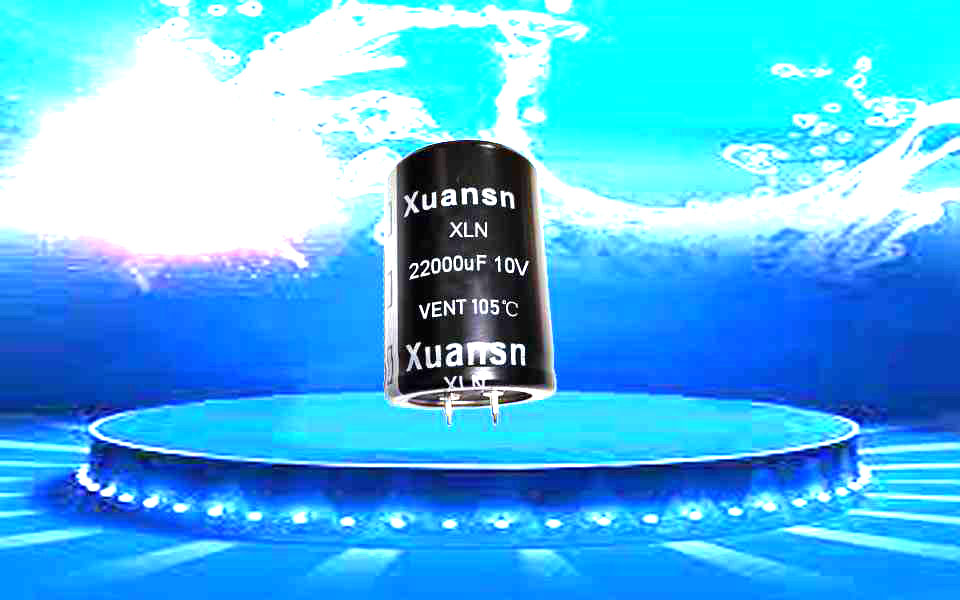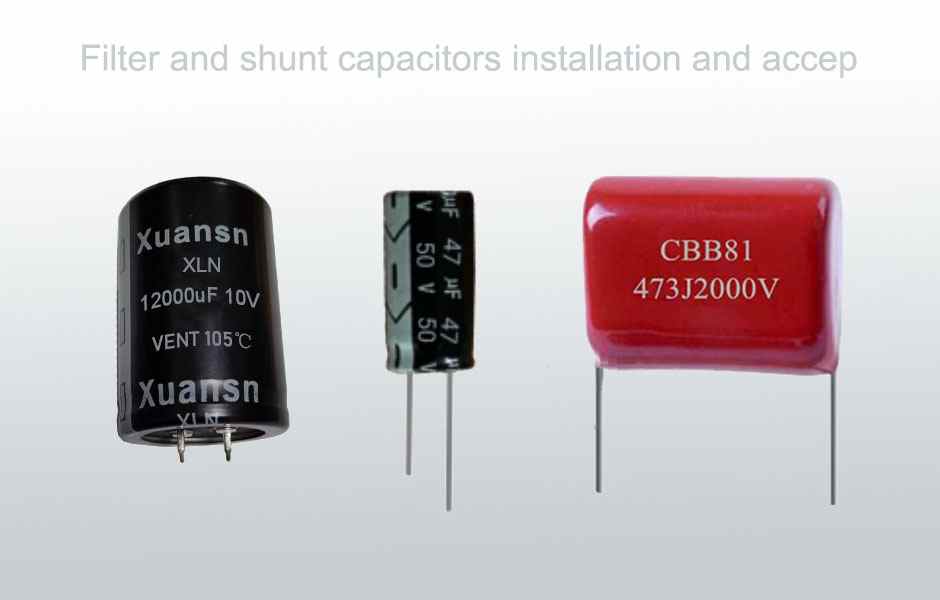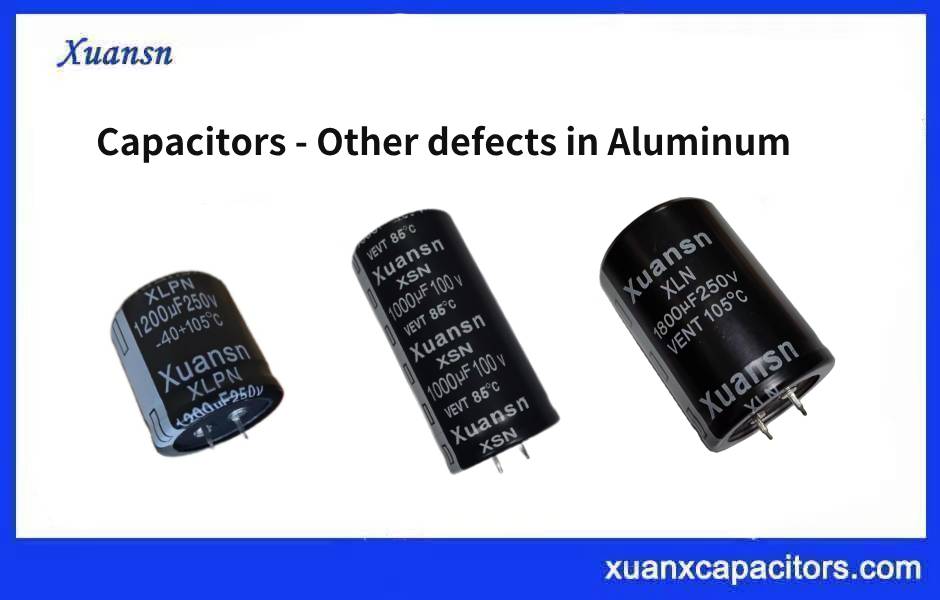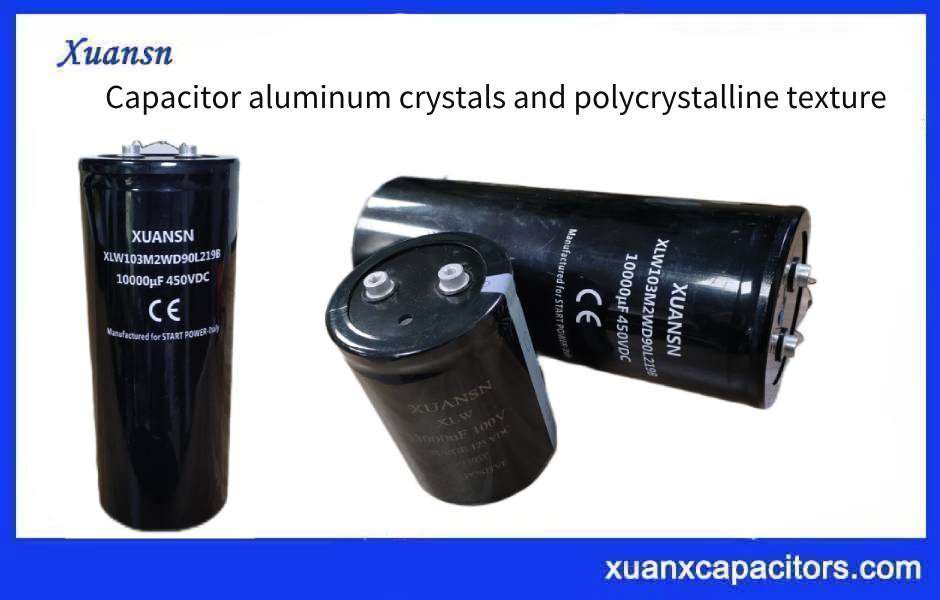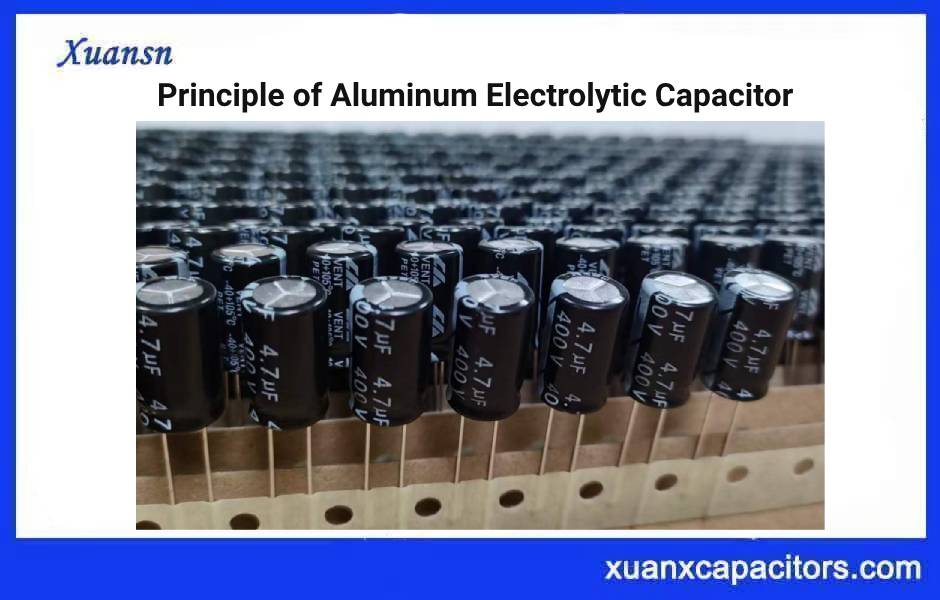1. Working principle of super capacitor
The super capacitor container is mainly composed of current collectors, electrodes, electrolytes and separators. The role of the separator is the same as the separator in the battery. It isolates the two electrodes to prevent short circuit between the electrodes and allows ions to pass through. The basic principle of super capacitor energy storage is to store electrical energy through the electric double layer capacitance formed by the separation of charges on the interface between electrolyte and electrolyte.
2. Energy storage mechanism
There are many materials used in the manufacture and production of super capacitor electrodes and electrolytes. In order to deeply understand the energy storage mechanism of super capacitors and optimize the performance of supercapacitors, it is usually necessary to use cyclic voltammetry curves and constant current discharge to characterize Different supercapacitor electrode performance. Figure 2 shows the cyclic voltammetry and constant current discharge curves of the supercapacitor electrode under different energy storage mechanisms, where a and c represent the cyclic voltammetry curve and constant of the supercapacitor electrode under the storage mechanism of electric double layer capacitance and pseudocapacitance, respectively. Current discharge curve; b, d respectively represent the cyclic voltammetry curve and constant current discharge curve of the supercapacitor electrode under the Faraday capacitor storage mechanism.
1. Electric double layer capacitor storage mechanism
The electric double layer effect is the separation of positive and negative charges, which are accumulated at the electrode-electrolyte interface. It is the main mechanism for energy storage of activated carbon, carbon fiber, carbon felt and other carbon material supercapacitors. The formation of the electric double layer effect is mainly caused by the increase or decrease of high-energy conduction band electrons on the electrode surface, causing the movement of positive and negative charges in the electrolyte solution on the interface side, which is used to balance the charge imbalance caused by the change of the high-energy conduction band electrons on the electrode surface.
Considering the charge density on the electrode surface, depending on the applied voltage, the electric double layer capacitance differs depending on the voltage. The electrochemical reaction in the electric double layer capacitor mainly occurs on the electrode surface, and usually is the adsorption and desorption behavior of anions and cations. The cyclic volt-ampere curve of the electric double layer capacitor has a rectangular shape as shown in Figure 2(a), and the constant current discharge curve of this type of material has a linear relationship, as shown in Figure 2(c).
The electric double layer effect occurs at the interface between the electronic conductor and the ionic conductor, which is present in almost all electrochemical energy storage systems. However, it is generally regarded as a side reaction in electrolyzers, fuel cells, and batteries, and is not regarded as the main energy storage mechanism. On the contrary, the working principle of supercapacitors is based on this effect, which requires supercapacitors to maximize this effect in the design and development process.
2. Pseudo-capacitor storage mechanism
Pseudocapacitors, also known as Faraday quasi-capacitors, are two-dimensional or quasi-two-dimensional spaces in the electrode surface or bulk phase, where electroactive substances undergo underpotential deposition, and highly reversible chemical adsorption, desorption or oxidation, and reduction reactions occur. Capacitance related to electrode charging potential. It is the main mechanism for energy storage of metal oxides, metal carbides, and conductive polymer supercapacitors. Although these reactions are very similar to those in batteries, both charges pass through the electric double layer capacitor, the difference is that the formation of pseudocapacitors is more Is caused by special thermodynamic behavior. The cyclic voltammetry curve and constant current discharge curve of the pseudocapacitor are similar to the electric double layer capacitor. Unlike the electric double layer capacitor, the pseudo-capacitor has a higher energy density, but is limited by the electrochemical reaction kinetics and the irreversibility of the reaction, resulting in the pseudo-capacitor’s charge and discharge power and cycle life are smaller than the electric double-layer capacitor. It should be pointed out that due to the presence of active functional groups, most supercapacitor electrodes have pseudocapacitances. For example, the electrochemical response of electric double layer capacitors composed of nanomaterials such as graphene is mainly caused by redox caused by defects in carbon materials. The reaction forms.
3. Faraday reaction storage mechanism
This storage mechanism is mainly based on the redox reaction of metal cations in the electrode, usually accompanied by the redox reaction of metal cations. The extraction and insertion of metal cations in the electrode material phase extraction causes the gain and loss of electrons in the material and then stores energy . It mainly includes two ways of material phase transformation or alloying reaction. When these electrodes are charged and discharged, a plateau voltage will appear, which corresponds to the redox peak voltage in the cyclic voltammogram, as shown in Figure 2(b) and 2(d). Compared with the other two types of capacitors, Faraday capacitors have higher stored energy, which is generally 10-100 times that of electric double layer capacitors.
Some electrode materials that exhibit Faraday effect, such as Ni(OH)2 or similar battery electrode materials, are considered to be pseudo-capacitive materials in many literatures, which confuses readers. Although this type of material has a higher energy storage energy density and is limited by the solid-phase diffusion of the material ions, the high-power charge-discharge performance is far worse than the pseudocapacitor material.
